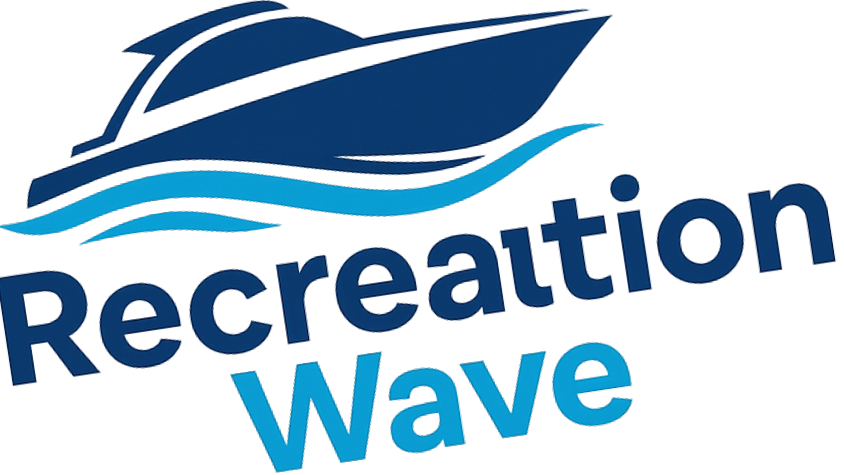
What’s Behind the America’s Cup Partnership?
The America’s Cup is sailing’s oldest—and arguably most coveted—trophy, deeply entwined with stories of competition and innovation. However, the latest news surrounding the formation of the America’s Cup Partnership (ACP) has many asking: does it signal a change for the better or is it the beginning of the end? The challenge is steep. This new governance structure, introduced ahead of the 38th America’s Cup set for Naples, is designed to change how the event has been traditionally managed, but not without its controversy.
The Importance of Shared Governance
For the first time in its 174-year history, the America’s Cup is moving toward a shared governance model, with both the Defender (Emirates Team New Zealand) and Challenger of Record (Athena Racing) holding leadership roles in the decision-making process. This shift aims to assure a more stable and reliable future for the sport, attracting long-term sponsors and reducing the financial burdens traditionally shouldered primarily by the winning team.
Sir Ben Ainslie, a key figure in establishing the ACP, heralded this change as the "biggest step change in the history of the Cup." Yet, it's not just his enthusiasm—the ACP's formation seeks to address systemic issues of funding and logistical pressures prevalent in previous America’s Cup cycles, factors that have caused prolonged periods between events.
Challenges Ahead: Will the Change Take Root?
Despite the optimism, elements of skepticism are ripe. Given the historic prestige of the Deed of Gift, which governs America’s Cup competition, some fear the new partnership may provoke internal conflicts. The governance board, while intended to unify, could potentially spark legendary rivalries anew, as teams jostle for influence and control. The protracted discussions preceding the ACP's formation underline this reality, pointing to underlying tensions that could re-emerge whenever strategies clash.
Anticipated Benefits: More Racing and More Innovation
The hopeful vision of the ACP is to ensure that the America’s Cup not only survives but thrives, harnessing cutting-edge technology to revitalize the competition. Just as SailGP has successfully developed a new model for competitive sailing, the ACP aims to use a similar framework to attract sponsors and fans alike. More truly competitive racing and innovative formats are on the horizon, which could invigorate interest in the sport.
What Does This Mean for Fans?
For the avid sailing enthusiasts and casual spectators, the ACP’s establishment may bring more consistency in event frequency, with plans for the Cup to become a biennial event. This anticipated increase in activity is a source of excitement, suggesting that fans could expect to see more international racing opportunities, technological breakthroughs, and participatory events that emphasize inclusivity and sustainability, such as mandatory female sailors and eco-friendly initiatives.
The Final Verdict: A Step Toward Progress or a Risky Gamble?
As we look ahead to Naples in 2027, the impending response from teams will be crucial in determining the ACP's efficacy. The inherent risks tied to governance changes may lend an air of uncertainty, yet if successful, the partnership could usher in a renaissance period for the America’s Cup, rekindling interest globally. However, if organizational strife emerges and the structure falters, it could just as easily redefine the Cup's place in sailing history as something archaic and unsustainable.
The next chapter of the Cup may well depend on the cooperative spirit and vision of its competitors. For now, sailing aficionados and newcomers alike should stay tuned. The coming years are bound to yield plenty of thrilling narratives both on and off the water.
 Add Row
Add Row  Add
Add 




Write A Comment